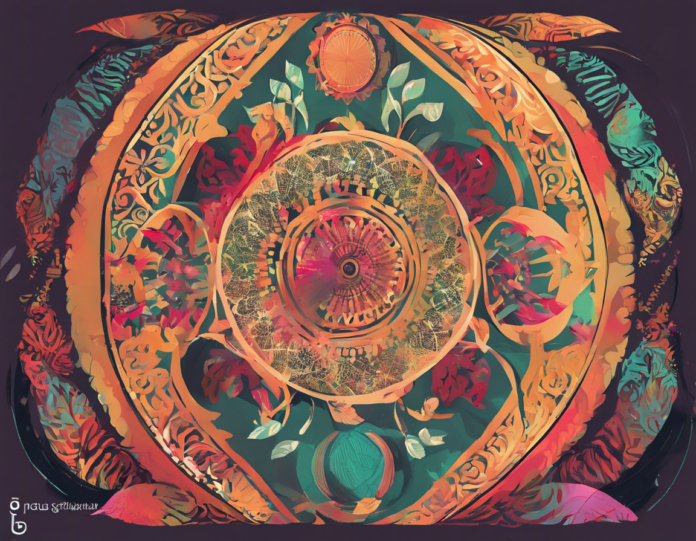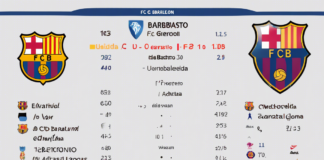The Sindhu Ghati Sabhyata, also known as the Indus Valley Civilization, is one of the oldest and most significant ancient civilizations in the world. Flourishing around the Bronze Age, roughly between 3300 BC to 1300 BC, this civilization encompasses the area of the Indus River and its tributaries in present-day Pakistan and northwest India. The civilization was named after the Indus River (also known as the Sindhu River) where the first remains of the ancient urban centers were discovered.
Origins and Development
The Sindhu Ghati Sabhyata is renowned for being one of the most advanced civilizations of its time. The people of this civilization had a well-structured urban life, with planned cities, advanced architecture, and a sophisticated drainage system. Archaeological excavations at sites such as Harappa, Mohenjo-Daro, and Dholavira have provided significant insights into the daily lives, social structure, and technological advancements of the people.
Urban Planning and Architecture
The cities of the Sindhu Ghati Sabhyata were meticulously planned, featuring advanced urban planning techniques. The streets were laid out in a grid pattern, with drainage systems that were far ahead of their time. The houses were made of baked bricks and often had multiple stories, showcasing the architectural prowess of the inhabitants.
Trade and Economy
The civilization had a thriving economy based on trade with regions as far as Mesopotamia. Artefacts found at these sites indicate a robust trade network that facilitated the exchange of goods such as pottery, beads, gemstones, and metal objects. The presence of seals suggests the existence of a sophisticated administrative system to regulate trade and commerce.
Social Structure and Religion
The social structure of the Sindhu Ghati Sabhyata is believed to have been egalitarian, with little evidence of social differentiation based on wealth or status. The people practiced agriculture, animal husbandry, and craftsmanship. The civilization also had a developed sense of religion, as evidenced by the presence of various religious symbols and ritual objects.
Decline and Legacy
Despite its advancements, the Sindhu Ghati Sabhyata went into decline around 1300 BC for reasons that are still debated among historians and archaeologists. Some theories suggest natural disasters, climate change, or invasion as possible causes. Regardless of the reason for its collapse, the legacy of this ancient civilization lives on in its artifacts, architecture, and cultural practices.
Preservation and Research
Efforts to preserve and research the remains of the Sindhu Ghati Sabhyata are ongoing. Archaeologists and historians continue to excavate sites, analyze artifacts, and decipher inscriptions to unravel the mysteries of this ancient civilization. Collaborative initiatives between government bodies, research institutions, and international organizations play a crucial role in studying and safeguarding this rich heritage.
FAQs about Sindhu Ghati Sabhyata
-
What is the significance of the Indus Valley Civilization?
The Indus Valley Civilization is significant for its advanced urban planning, architecture, trade networks, and cultural practices that provide insights into early human societies. -
Which are the major sites of the Sindhu Ghati Sabhyata?
Major sites include Harappa, Mohenjo-Daro, Dholavira, Kalibangan, and Lothal, among others. -
What language did the people of the Indus Valley Civilization speak?
The script of the Indus Valley Civilization remains undeciphered, so the exact language spoken by its people is still a subject of speculation. -
What technological advancements did the Indus Valley Civilization achieve?
The civilization boasted advanced urban planning, a sophisticated drainage system, metallurgy, and pottery-making techniques. -
Was the Indus Valley Civilization a peaceful society?
Evidence suggests that the civilization was relatively peaceful, with little indication of monumental architecture for defensive purposes. -
What was the role of women in the Indus Valley Civilization?
The role of women in society is still a topic of research, though artifacts such as figurines suggest that women might have held significant positions. -
How did the decline of the Indus Valley Civilization impact later cultures in the region?
The decline of the civilization may have influenced subsequent cultures in the region, leading to shifts in settlement patterns, trade routes, and cultural practices. -
What can tourists see at the archaeological sites of the Indus Valley Civilization today?
Tourists can visit well-preserved ruins, museums displaying artifacts, and learn about the history and significance of this ancient civilization. -
How did the Indus Valley Civilization contribute to the development of early writing systems?
The script of the Indus Valley Civilization remains undeciphered, but its symbols are believed to have influenced later writing systems in the region. -
What challenges do archaeologists face in studying the Indus Valley Civilization?
Challenges include the undeciphered script, the preservation of sites, interpreting cultural practices, and understanding the reasons behind the civilization’s decline.
In conclusion, the legacy of the Sindhu Ghati Sabhyata continues to captivate scholars and enthusiasts alike, offering a glimpse into the lives and achievements of one of the world’s oldest civilizations. Through ongoing research and preservation efforts, we strive to uncover more about this ancient culture and the lessons it holds for our understanding of human history.






